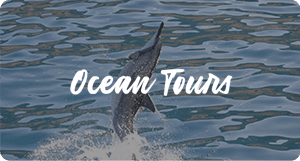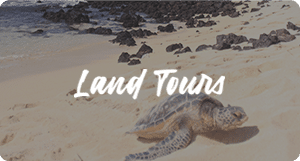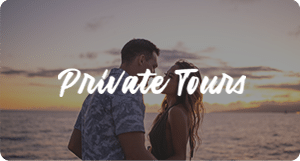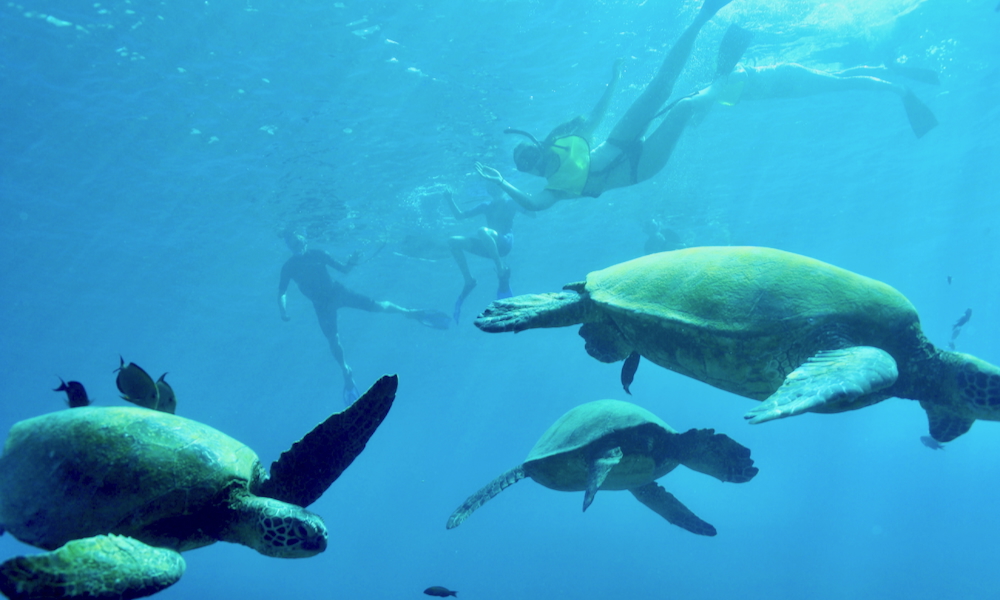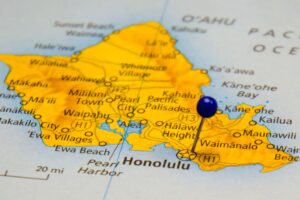The Hidden Journey of a Plastic Straw
It starts simply — one plastic straw used for a single drink, then tossed away. But in Hawaiʻi, where trade winds and ocean currents are powerful, what happens next matters more than most people realize.
A straw that isn’t properly disposed of can easily be carried by rainwater into storm drains and out into the Pacific. Once in the water, it can travel hundreds of miles, joining an ever-growing collection of ocean plastic debris that affects everything from coral reefs to the turtles and dolphins we see on tours every day.
Unlike organic materials, plastic never truly disappears — it breaks down into smaller fragments called microplastics, which absorb toxins and enter the marine food web.
Hawaiʻi’s Ocean Plastic Problem
Hawaiʻi’s location at the center of the Pacific makes it one of the world’s most affected regions for ocean debris.
According to NOAA, over 15 tons of marine debris are removed from the Northwestern Hawaiian Islands every year — much of it plastic.
Common items found near Oʻahu’s shores include:
- Plastic bottles, lids, and utensils
- Fishing line and nets
- Food wrappers
- Straws and small fragments that float near the surface
Because these items are lightweight, they’re easily carried into shallow reef ecosystems — the same ones that support turtles (honu), reef fish, and coral colonies.
How Ocean Plastic Affects Sea Turtles
Sea turtles are visual feeders, and floating plastic often resembles their natural diet — jellyfish, algae, or seaweed. A turtle that swallows plastic can suffer from intestinal blockages, buoyancy problems, or even death.
Hawaiʻi’s green sea turtles are a conservation success story, with populations rebounding after decades of protection. But marine debris remains one of their most persistent threats.
Even small plastic items — like straws — can cause harm if they become lodged in the turtle’s airway or digestive tract. The 2015 viral video of a turtle with a straw in its nose wasn’t just an isolated case; it symbolized a global issue that continues today.
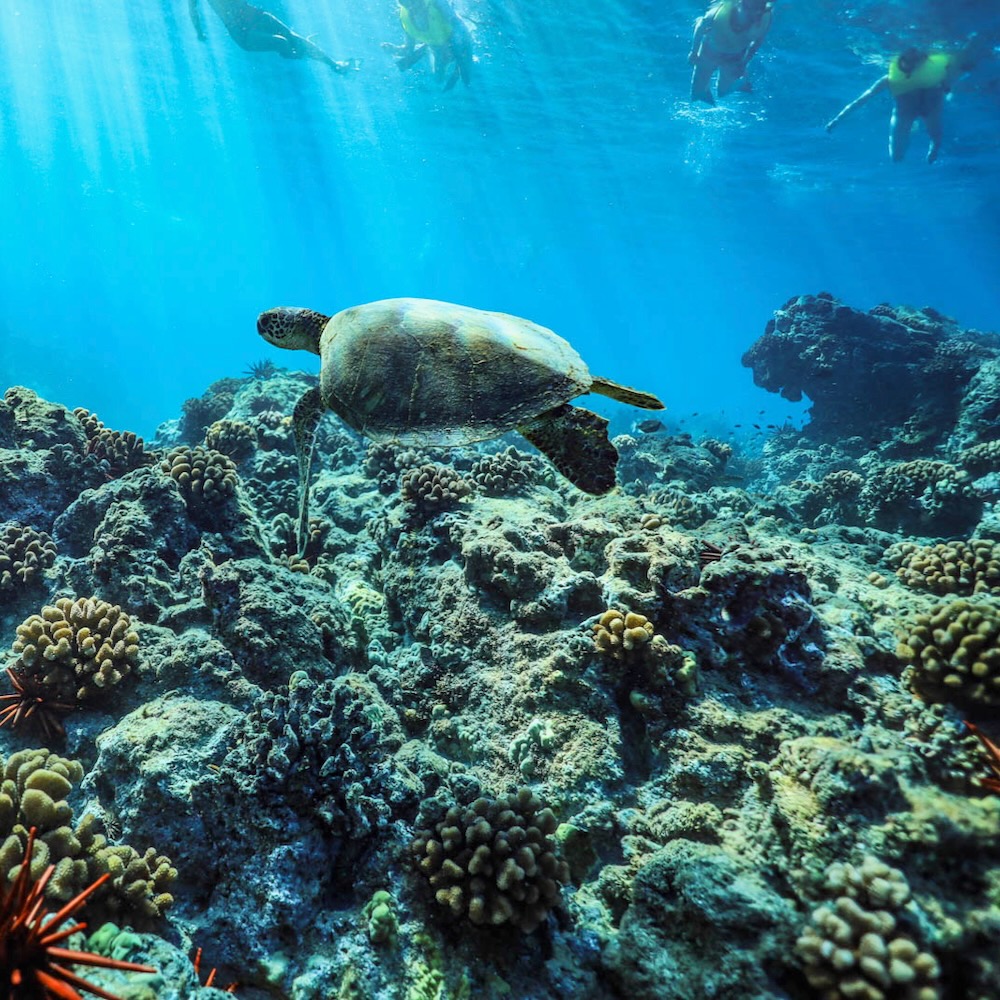
Turtle Canyon: A Beautiful but Vulnerable Ecosystem
The Turtle Canyon reef, located off the coast of Waikīkī, is one of Oʻahu’s most accessible and biologically rich snorkeling areas. It’s home to coral gardens, schools of reef fish, and the Hawaiian green sea turtle.
However, because it’s close to an urban coastline, debris from everyday life can reach this area quickly — carried by wind, surf, or stormwater runoff.
That’s why regular cleanups and eco-conscious practices are essential. Even a single straw removed from the reef helps prevent harm to dozens of species.
How Eco Tours Help Protect Hawaiʻi’s Ocean
Tour operators play a major role in ocean stewardship. At And You Creations, our Turtles & You team integrates conservation into every step of the guest experience.
Here’s how we help minimize our footprint while protecting the reef:
- Reef-safe sunscreen required – Guests are briefed before departure on sunscreen ingredients that can damage coral.
- Marine life education – Our guides teach proper viewing distances and turtle etiquette to every guest.
- Cleanup participation – Crew members collect floating debris during each tour when possible.
- Local partnerships – We support Oʻahu-based ocean cleanup and education programs.
Every tour isn’t just a snorkeling experience — it’s an opportunity to protect the same ocean that sustains us.
What You Can Do as a Traveler
Protecting Hawaiʻi’s marine life doesn’t require large actions — just consistent, mindful ones.
Before your trip:
- Bring a reusable bottle and straw.
- Pack reef-safe sunscreen.
- Choose eco-certified tours that practice responsible wildlife interaction.
During your visit:
- Dispose of trash properly, even far from the ocean.
- Don’t feed or touch marine animals.
- Encourage others to travel sustainably.
Together, these small changes create ripple effects that protect coral reefs, reduce debris, and safeguard endangered species like the honu.
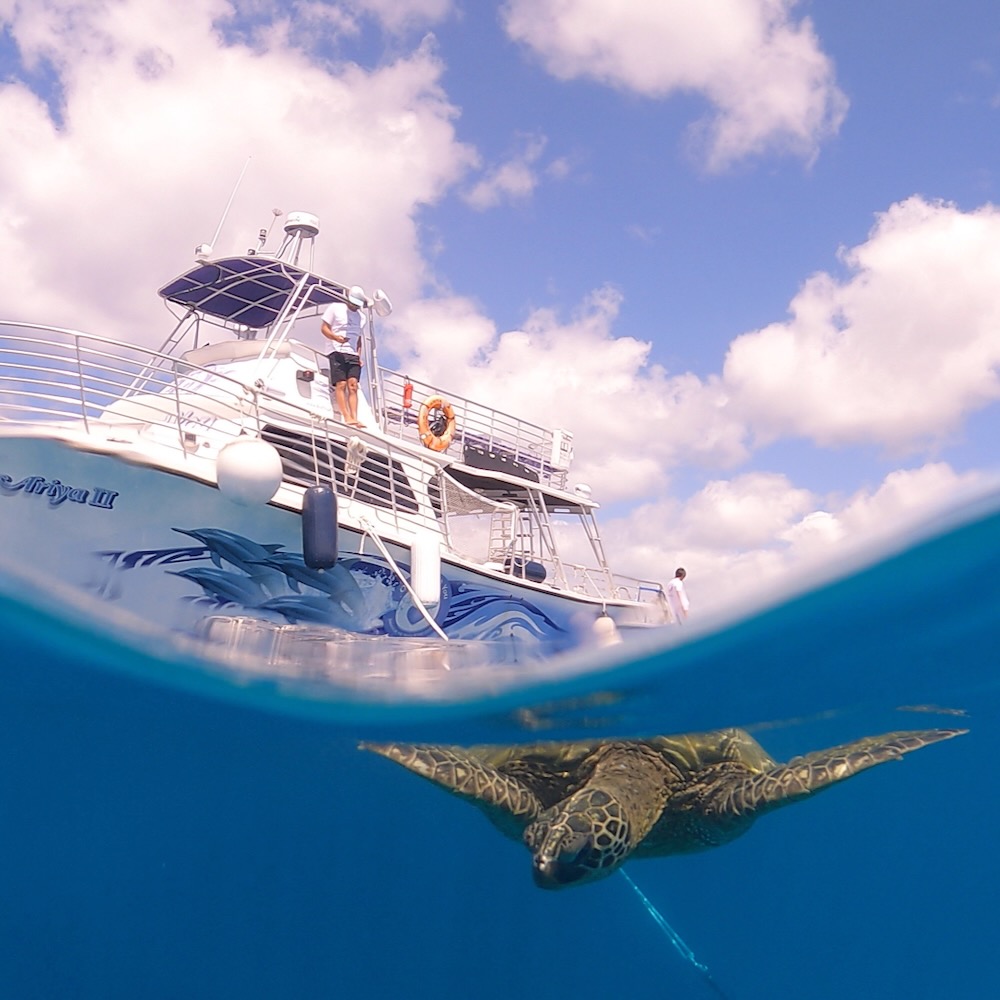
A Small Change That Matters
The next time you decline a plastic straw, remember what that decision means here in Hawaiʻi. It means one less piece of debris drifting into the Pacific, one less threat to the turtles you came to see, and one more reason our reefs can thrive.
When travelers choose eco-friendly options, they support a cycle of awareness and care that extends far beyond a single tour.
Travel Kindly – Join an Eco-Certified Snorkel Tour
If you’d like to experience Hawaiʻi’s marine life responsibly, Turtles & You offers guided, eco-certified snorkel tours to Turtle Canyon — one of Oʻahu’s best places to see sea turtles in their natural habitat.
Book your adventure this fall and use code FALLLOVE20 for 20% off your tour.
All wildlife encounters are 100% natural and cannot be guaranteed. Tours follow NOAA’s responsible viewing guidelines to protect marine animals.
Protecting the ocean starts with one choice — and it can begin with yours.






